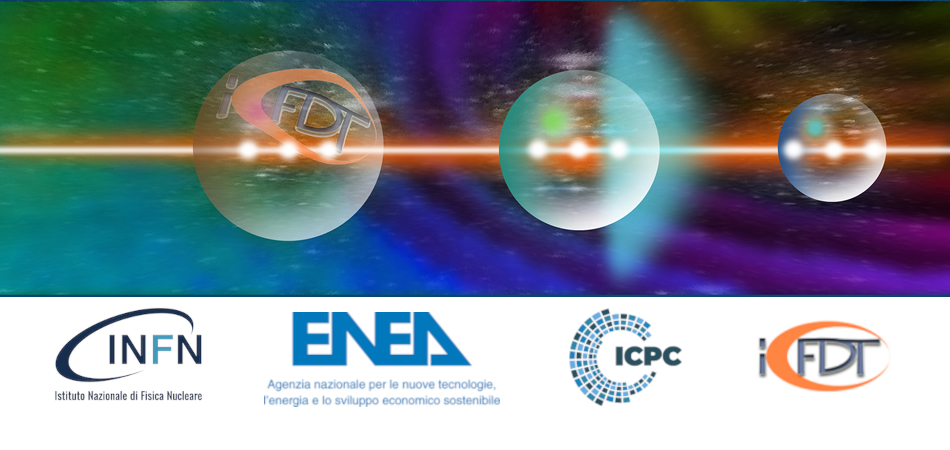Speaker
Description
Laser-driven particle acceleration relies on the interaction between ultraintense (I>1018 W/cm2) laser pulses and matter. A plasma is formed due to the ionization of the target, and electrons are heated until they escape from the interaction region, giving rise to a strong charge separation. This electric field is thus responsible for protons and heavier ions accelerated forward [1].
This phenomenon has gained increasing interest in recent years as it could allow the building of compact and versatile ion sources, with many potential applications in scientific and technological contexts [2]. Among them, Laser-driven Particle Induced X-ray Emission (PIXE) [3] can be exploited for elemental and stratigraphic analysis of samples. As a non-destructive technique, it can be used in the study of artworks and the preservation of cultural heritage.
To this aim, an accurate, quantitative characterization of beam properties is of fundamental importance. In particular, the adopted instruments should provide real-time measurements, and discriminate the different types of radiation. The standard employed devices are Thomson parabola (TP) coupled with an MCP and a CCD camera, and Time-of-Fligth (ToF) spectrometers [4]. Despite their efficacy in addressing the problem, they present some limitations, e.g. TP shows high sensitivity to photons and high voltage supply fluctuations that degrade calibration and resolution, while ToF requires complex deconvolution procedures due to the superposition of signals from different particles.
Here, we present the design of a spectrometer [5] based on silicon photodiodes. The device comprises a dipole magnet to deflect the ions along different trajectories according to their energies. We exploit a finely-shaped differential filter to cut the unwanted heavy ions contribution, and photodiodes to record proton signals. The magnetic field of the dipole can quickly be tuned, so that on subsequent shots one can use it to measure the proton spectrum, or just to remove electrons, leaving the proton beam practically unperturbed and available for its use. This feature is of particular interest for laser-driven PIXE, providing online proton spectra with absolute calibration and enabling sample irradiation without changing the experimental setup.
The spectrometer was experimentally characterized and analytically modelled. Monte Carlo simulations are used to validate the model and calibrate the system, and the first measurements of laser-driven proton spectra were carried out at Centro de Làseres Pulsados (VEGA-3).
[1] A. Macchi, et al., Rev. Mod. Phys., 85(2), (2013), 751(43).
[2] M. Passoni, et al., Plasma Phys. Control. Fusion, 62, (2020), 014022.
[3] F. Mirani, et al., Sci. Adv., 7(3), (2021), eabc8660.
[4] P.R. Bolton, et al., Phys. Med., 30, (2014), 255.
[5] F. Gatti, et al., IEEE Trans. Instrum. Meas., under review.

